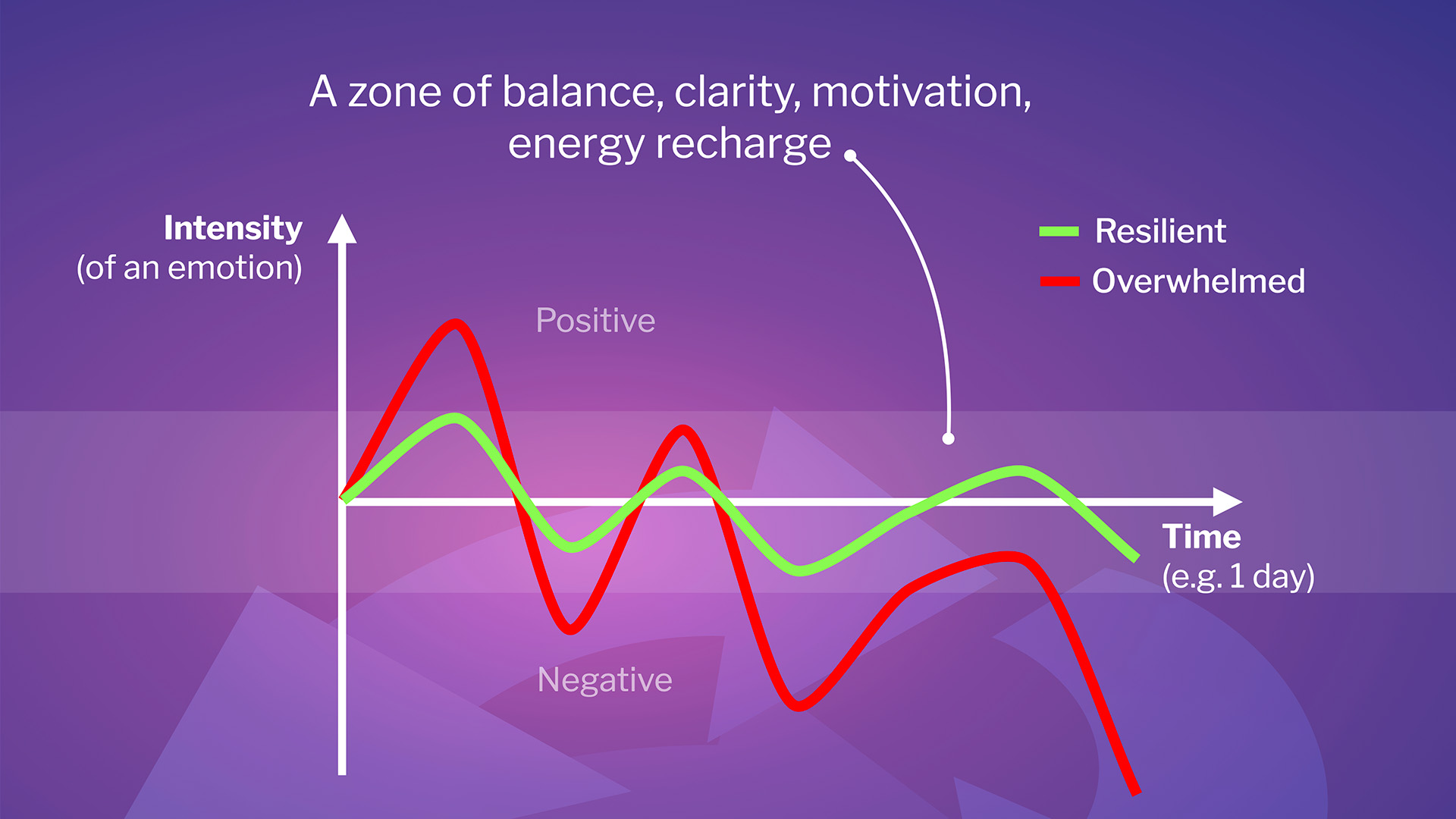
How do you monitor and regulate emotions to ensure constructive engagement?
It is hard to manage emotions when you are under their influence, in the middle of a situation. Try to prepare your state of mind and clear “sore spots” beforehand.
1. Before the engagement: prepare and prevent
Prepare your state of mind and reduce vulnerabilities. Especially, if you expect a triggering event:
- check if unwanted reactions arise when thinking about the event and the people involved
- look at potential causes and try to reduce their impact (reframe if possible)
- check your motivation, hidden agendas, conflict debt, and history of similar events
For example, “before” the 1:1:
– address my insecurities, cases of getting offended
– reframe the history of tensions with my manager or any negative feelings I may have for her
– remind me why I do this job, and why I want to engage with my manager constructively
A pause before the engagement
If you rush from one event to another, emotions may spill over. Cloud your awareness and provoke unintended reactions.
You can create space to stabilize your state of mind. Take a break after the previous activity to clear the remaining reactions. Restore balance and motivation.
Daily Emotional Hygiene
Practice Emotional Hygiene to be ready for constructive engagement by default. Maintain a zone of balance, clarity, energy, and compassionate motivation. Keep your internal horizon clear so you can notice even minor interferences.

2. During the engagement
Monitor your state of mind and manage arising emotions. If you notice them early you may prevent them from maturing, and interfering.
In our critical feedback example:
– my insecurity triggers offense, but I notice it early
– I understand where the emotion is coming from and stop it from interfering
– constructive engagement follows
Even if the unwanted reaction persists, the mere fact of recognizing it is very helpful. It improves your awareness of biases and distortions it may provoke. So that you can manage them, or at least avoid acting on them.
It is best not to have such triggers active though. So try to delay decisions and actions if possible. Until you clear the causes of the interference.
In our example:
– I admit I cannot stop the emotion and escape its influence
– but I am aware of it, so I do not act on impulses, stop my urge to confront the manager, or make excuses
– I understand I will need to revisit this situation later to reframe its causes
– once the causes are cleared and the offense is dissolved, my attitude to the manager will restore to compassion and will not interfere with acting on feedback, and relationships
3. After the engagement: post-processing, lessons learned
Strong emotions may overwhelm you during the event and only let go afterward. Follow the trail and do the lessons learned. Make sure the unwanted reaction you have experienced does not arise next time.
In our example:
– I got offended, the emotion consumed me, and I acted destructively on all accounts
– even worse, I fueled my anger after the meeting and it got stronger
– I only slightly recovered for awareness and emotions management the next morning
– I switched to constructive motivation, reframed the causes, did external damage control with the manager, acted on feedback, etc. — fixed things, and made sure they will not repeat.
– the lesson is learned.
Evolving ability to engage constructively
Negative experiences are unique opportunities for change. They highlight the internal causes that would otherwise remain latent, and unreachable. You can clear obsolete beliefs and destructive habits. Improve your ability to engage constructively. Take another step up on the upward spiral of improving your Emotional Intelligence.
The more devastating the situation is the more opportunities to learn it presents. The stronger the triggers you remove, the more profound the change. Each such closure is usually very noticeable. A contrasting experience of release, saturation with energy, and positive motivation.
The long-term effect is the actual freedom to choose a response.

